If you’ve ever heard of Naruto, Dragon Ball, One Piece or Attack on Titan, then you’re already familiar with the manga phenomenon, even if you don’t quite know it. But… what exactly is manga, where does it come from, and why do so many people around the world love it? Today we explain it to you.
The origin of manga: between doodles and culture
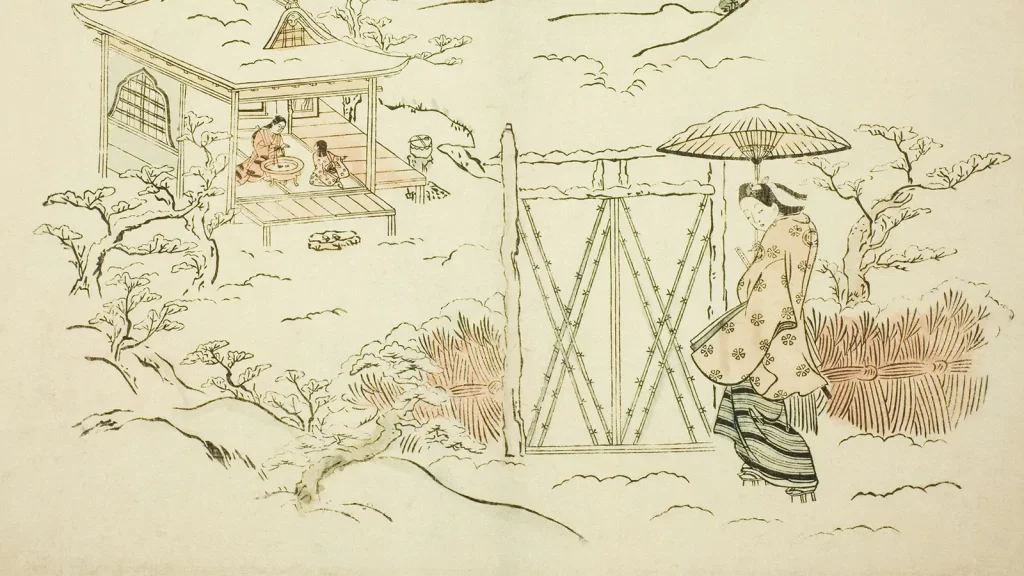
To understand manga, you have to travel back in time. Although Japan has always had a strong tradition of visual art – from Edo period prints to traditional paintings – it was between 1868 and 1912, during a period of modernization of the country known as the Meiji era, that manga began to take shape as we know it today.
A very important artist in this history is Katsushika Hokusai, famous for the iconic print “The Great Wave of Kanagawa”. But in addition to his masterpieces, Hokusai pioneered a series of drawings that he himself called “manga,” a word that can be translated as “whimsical drawings” or “spontaneous doodles.” Thus the term was born.
However, the first modern manga, in the sense of being a comic strip with narrative and vignettes as we know them today, was “Tagosaku to Mokube no Tokyo Kenbutsu“, created in 1902 by Kitazawa Rakuten. This comic story showed the adventures (and misadventures) of two rural characters who visit Tokyo for the first time, a mixture of humor and social criticism that laid the foundations for what would come later.
Want to see the original image of the first registered manga? It’s available on Wikipedia:
https://es.wikipedia.org/wiki/Manga#/media/Archivo:Tagosaku_to_Mokube_no_Tokyo_Kenbutsu.jpg
Since then, manga has grown in both quality and popularity to become one of Japan’s most important cultural symbols.
How is manga different from anime?
There is a common confusion here: many people think that manga and anime are the same, but they are not! Although they are closely related, there is a clear difference:
- Manga = Japanese comic book, printed on paper.
- Anime = Japanese animation, i.e., animated series or movies.
For example, Naruto started as manga (published in weekly magazines), and due to its success, it was later adapted as an anime for television. The same happened with many, many other titles. We could say that manga is the starting point, and anime, the evolution in motion.
Types of manga: there is something for everyone
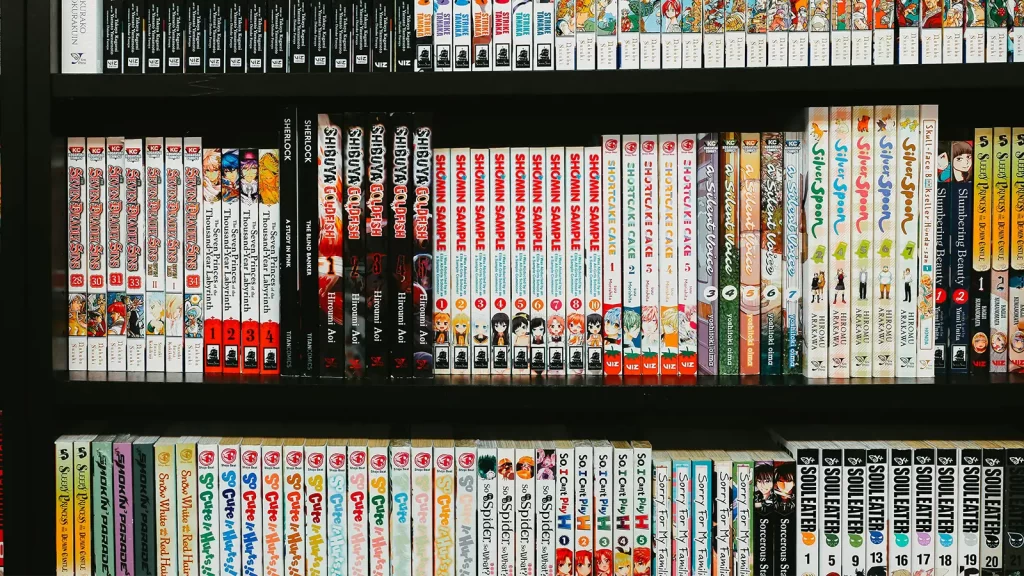
One thing that makes manga unique is that it is not only aimed at children or young people. There are stories for absolutely everyone: from teenagers to seniors, men, women, people interested in romance, horror, sports, cooking, politics, crime, science fiction… you name it!
Here we explain the most popular genres:
- Shonen (少年): aimed at teenage boys. It has action, adventure, friendship, personal growth. Examples: One Piece, Naruto, My Hero Academia.
- Shojo (少女): aimed at teenage girls. Usually has romance, school dramas, personal relationships. Examples: Sailor Moon, Fruits Basket, Ouran High School Host Club.
- Seinen (青年): for adult men. More mature, psychological or violent stories. Examples: Berserk, Tokyo Ghoul, Ghost in the Shell.
- Josei (女性): for adult women. More realistic dramas, adult romantic stories or everyday life. Examples: Nana, Paradise Kiss.
- Kodomomuke (子供向け): for children. These are simple, educational or light entertainment stories. Examples: Doraemon, Pokémon, Yo-kai Watch.
There are also subgenres such as yaoi or yuri (love relationships between men or women, respectively), or even manga about cooking, sports, history or science.
And why is it so popular inside and outside Japan?
In Japan, reading manga is as common as reading the newspaper. You see it in the hands of students on the train, on shelves in convenience stores, in school libraries or even in offices. It’s a natural part of everyday life. Moreover, many people see it as an accessible form of entertainment: inexpensive, varied, and in many cases, addictive.
Outside Japan, manga exploded in popularity in the 1990s and 2000s, with the arrival of titles such as Dragon Ball, Sailor Moon, Pokémon and Naruto. Many young people discovered these stories through anime on television and then wanted to read the original manga, which in many cases were ahead of the animated series.
Today, thanks to the internet, publishers quickly translate the manga into different languages. There are fairs, conventions and millions of fans all over the world. In Latin America, for example, Mexico is one of the countries with the highest manga consumption outside Asia.
One Piece: the undisputed king of manga
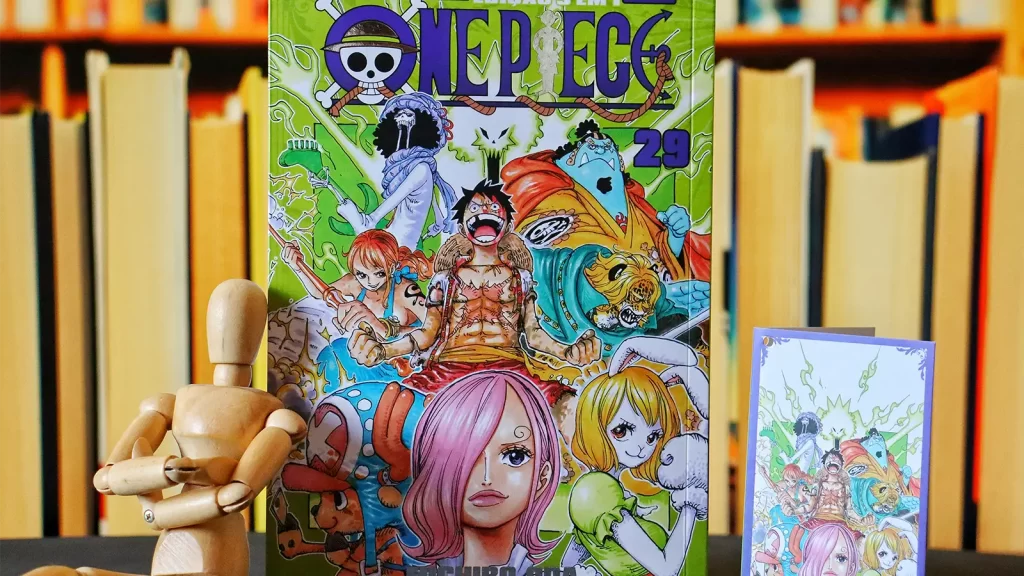
And if we talk about popularity, we cannot leave out One Piece. Created by Eiichiro Oda, this pirate manga was first published in 1997 and has not stopped since. It is officially the best-selling manga in history, with more than 406 million copies distributed worldwide.
The secret of its success? A mix of charismatic characters, humor, action, epic adventures and a very well-built universe. And yes, it has also been adapted into anime and recently even a live-action series on streaming platforms.
In short…
Manga is not just “Japanese comics”; it is a form of storytelling that has evolved over more than a century. From its artistic roots with Hokusai to becoming a global phenomenon, manga has been able to connect with millions of people because it offers stories for everyone, regardless of age or gender.
And you, have you already given manga a chance? It’s never too late to start.







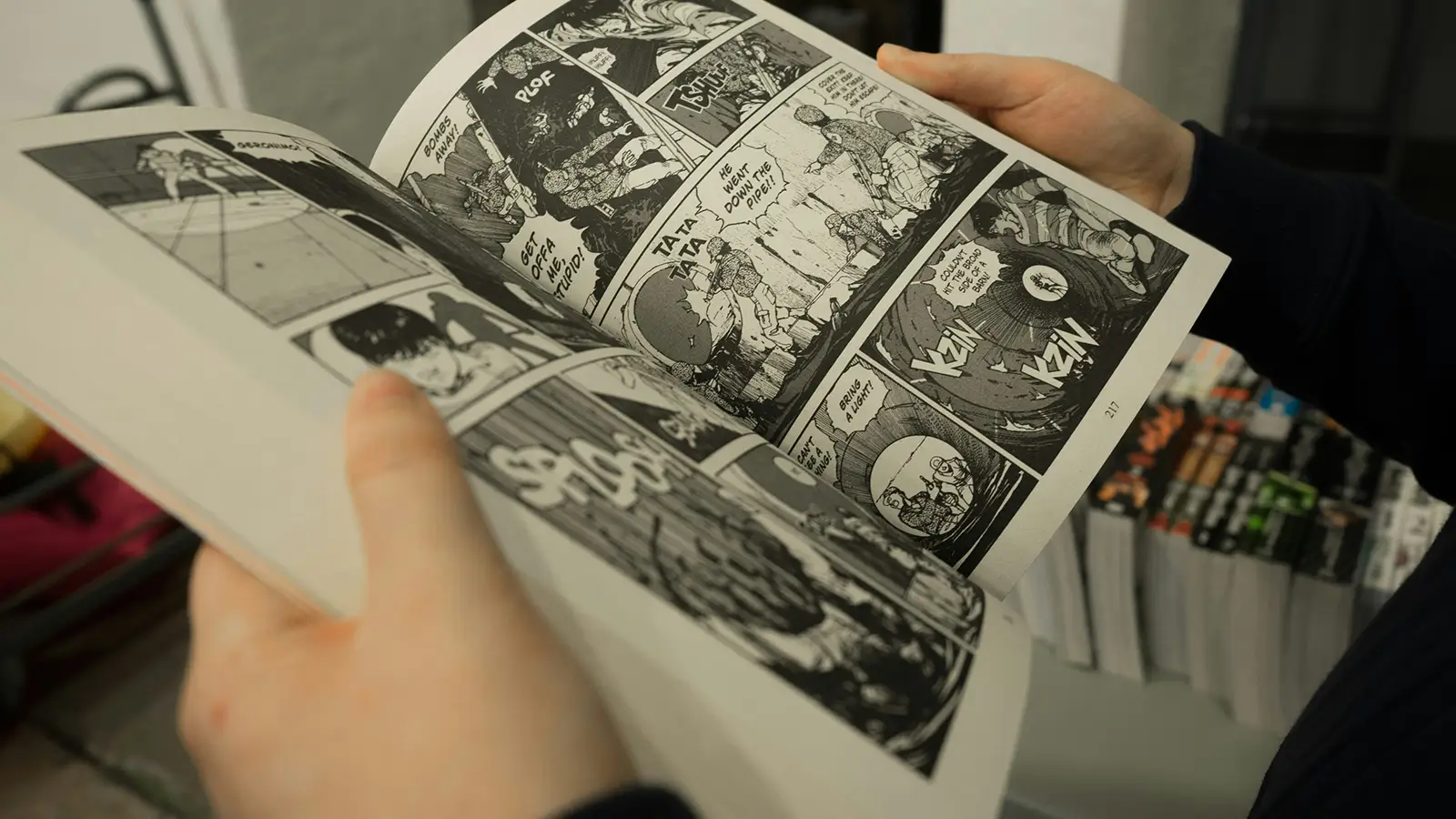














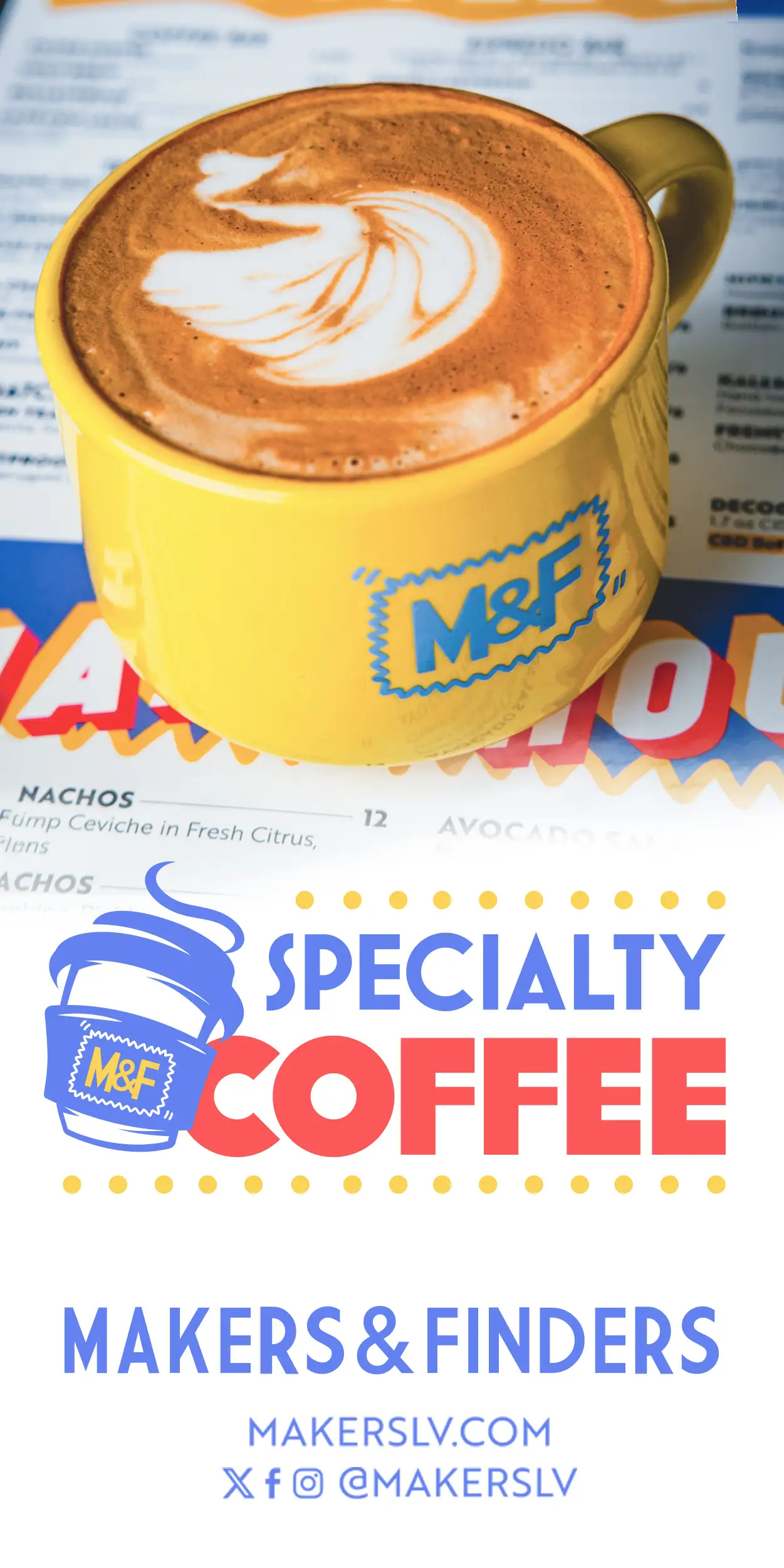









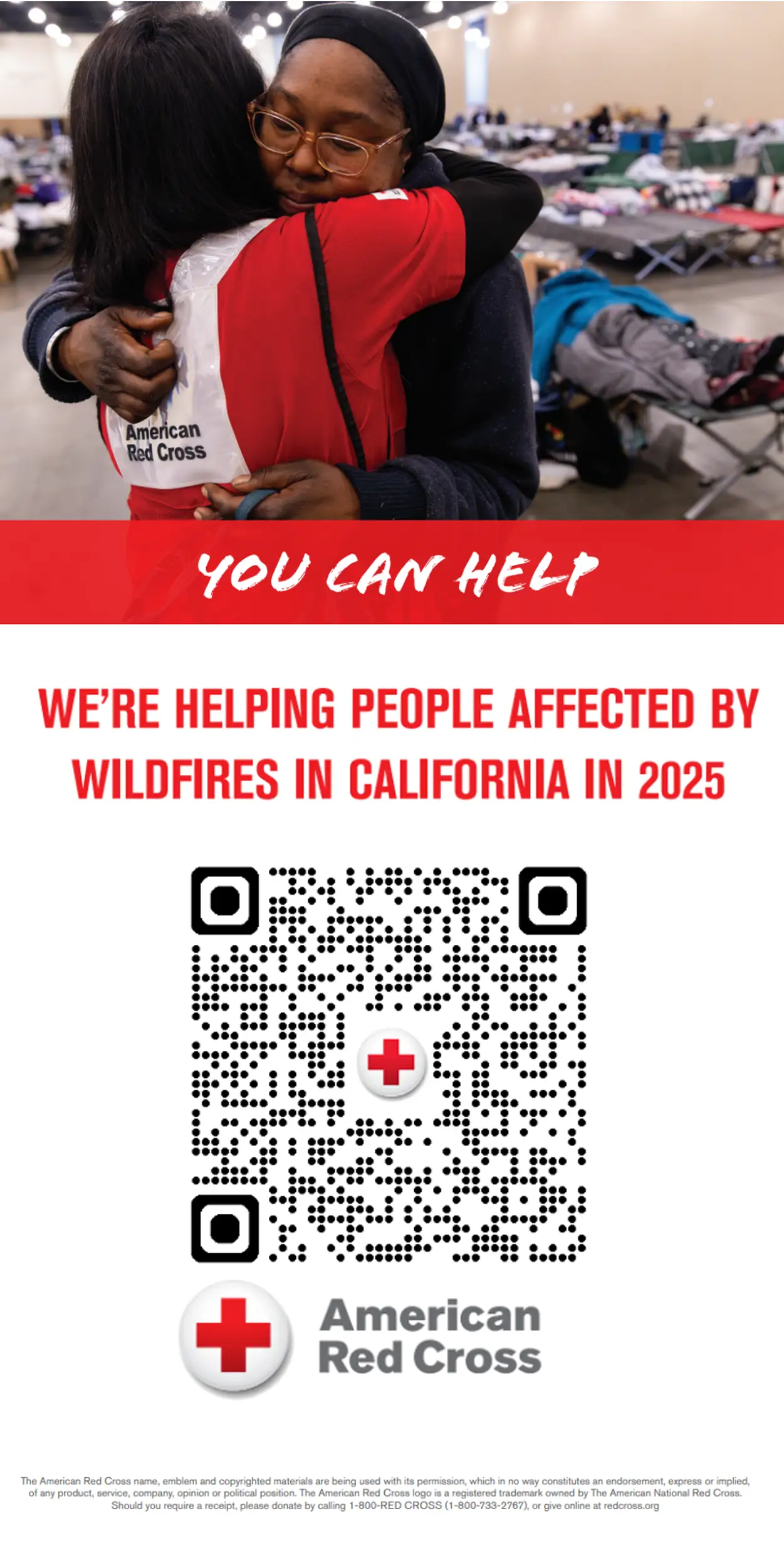


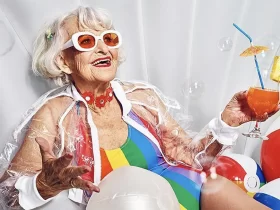
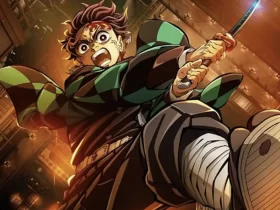

Leave a Reply